If you picture an ancient battle, it’s easy to imagine huge armies clashing in open fields or famous generals charging forward on horseback. But the reality is far more complex—and fascinating. Throughout history, armies have relied on clever, unexpected tactics to gain the upper hand, sometimes winning entire wars with moves that look surprising even today.
These lesser-known battle tactics reveal a level of creativity and ingenuity that often went beyond brute force, showing how strategy, psychology, and even luck have shaped the course of history. Here are twelve of the most surprising ancient battle tactics that had a huge impact on the world.
1. The Feigned Retreat
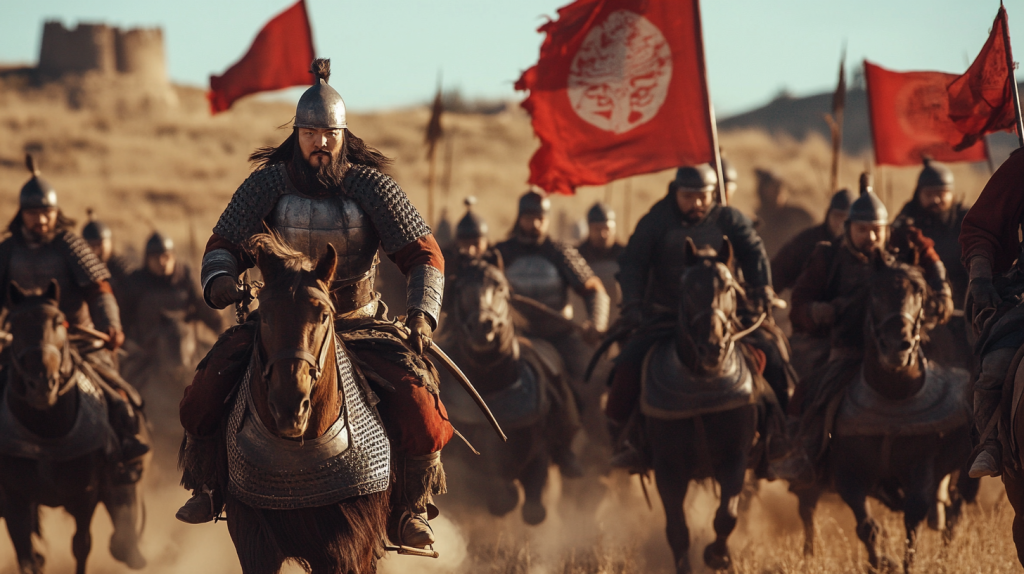
The feigned retreat is as risky as it sounds. Armies would pretend to retreat to lure the enemy into an ambush. This tactic was famously used by the Mongols, whose cavalry would turn and appear to flee, only to have the pursuing enemy follow them straight into a trap. It’s a strategy that requires discipline and timing, as any confusion could turn the fake retreat into a real one, leading to defeat.
2. Elephant Warfare in the Battle of Gaugamela

Alexander the Great’s encounter with elephants at the Battle of Gaugamela introduced the Western world to these “living tanks” used by Darius III’s Persian forces. Elephants charged the Macedonian phalanx, intending to trample soldiers and terrify the enemy into submission. Though Alexander managed to win, the encounter left a lasting impression, and elephants became a common but formidable weapon in future battles across Asia and North Africa.
3. The Hollow Square Formation
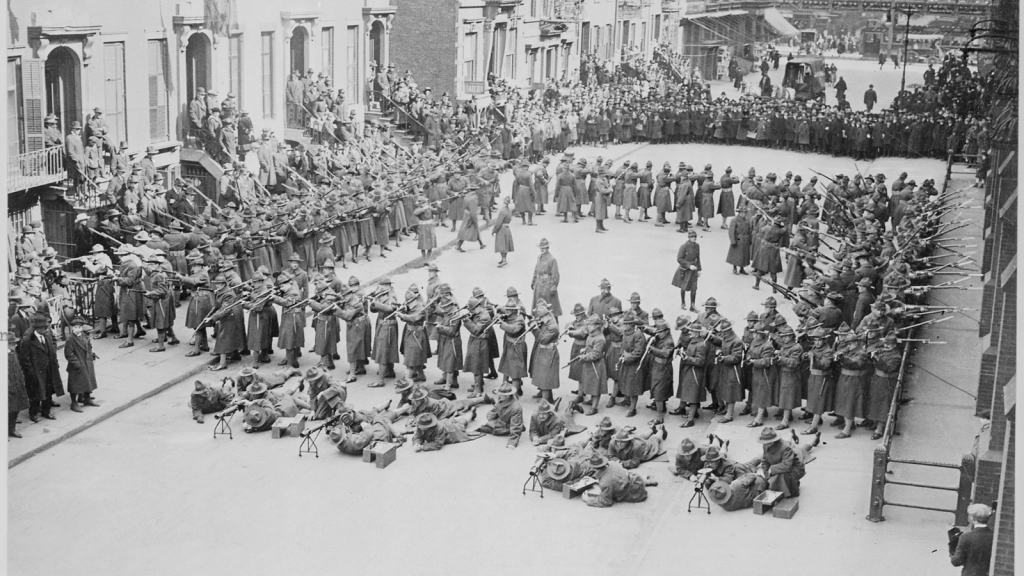
The hollow square formation was a tactic that allowed armies to defend against cavalry attacks from all sides. With soldiers arranged in a square formation and facing outward, this tactic provided a 360-degree defense. Used by the Romans and later revived in different forms, it allowed foot soldiers to stand their ground against powerful cavalry charges, even when they were outnumbered.
4. The Testudo Formation of the Romans
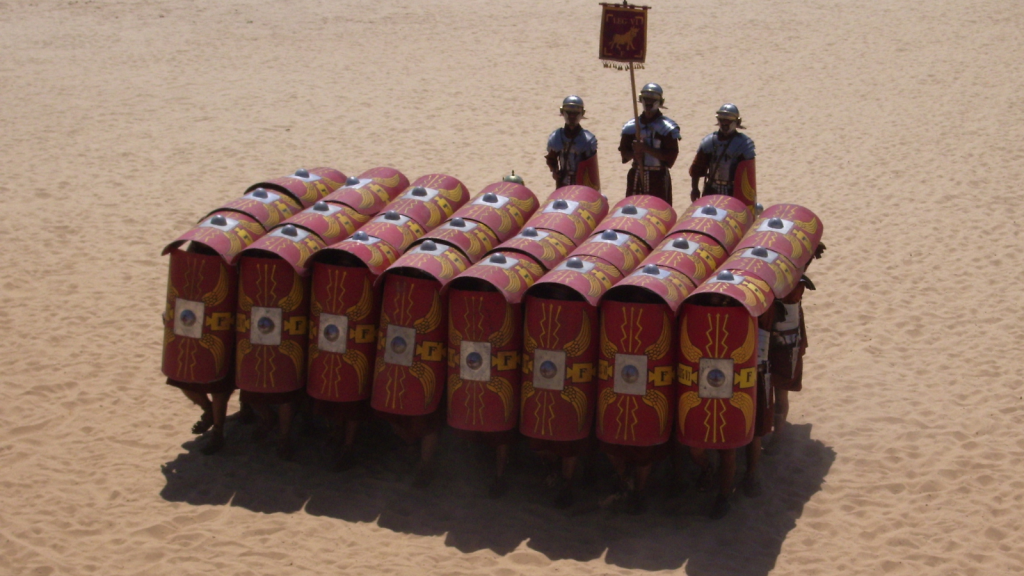
The Romans’ famous “testudo” or “tortoise” formation involved soldiers lining up close together, holding their shields to create a nearly impenetrable shell. This allowed Roman troops to approach enemy walls or archers under a protective cover, minimizing their exposure to arrows and projectiles. The testudo was especially useful in sieges and helped Rome conquer and maintain its empire for centuries.
5. The Carthaginian Pincer Movement
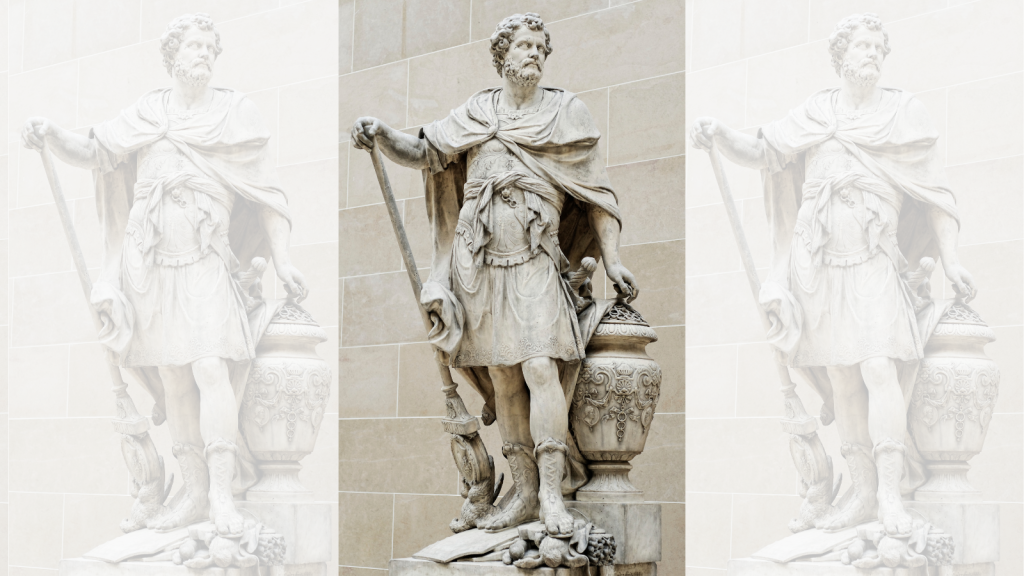
During the Battle of Cannae, Carthaginian general Hannibal Barca used a daring double-envelopment tactic, also known as a pincer movement. He arranged his troops so that they would appear weaker in the center, luring the Roman forces forward. Once the Romans had committed to the middle, Carthaginian troops attacked from both sides, trapping them. This devastating maneuver led to one of Rome’s worst defeats.
6. Greek Fire in Byzantine Naval Battles

The Byzantines had a secret weapon known as Greek Fire, an incendiary substance that could burn even on water. Used primarily in naval battles, Greek Fire could be launched from ships or siphons, devastating enemy fleets. This technology was highly guarded, and its exact formula has been lost, but it allowed the Byzantines to protect their empire from invasions for centuries.
7. The Scorched Earth Tactic of the Scythians

The Scythians, a nomadic people, used the scorched earth tactic to protect themselves from more powerful invading forces, like the Persians. By burning their own fields and resources before retreating, they left nothing for the enemy to use. This not only weakened the invading army but also turned their home territory into an inhospitable landscape, making it harder for enemies to advance.
8. Night Raids in the Greco-Persian Wars

Night raids were used to surprise and demoralize the enemy, taking advantage of the cover of darkness. During the Greco-Persian Wars, Greek forces would conduct surprise attacks on Persian camps at night, when troops were off guard. These raids were risky but often resulted in significant damage and lower enemy morale, giving the Greeks an edge.
9. The Use of Camels Against Horses

In battles between the Persian and Lydian armies, the Persians used camels to disrupt enemy horses, knowing that horses would instinctively avoid the unfamiliar scent of camels. This created chaos within the enemy cavalry ranks and allowed the Persian forces to neutralize the threat from Lydian horsemen effectively. This unusual choice demonstrated that understanding animal behavior could turn the tide of a battle.
10. The Shield Wall Formation of the Anglo-Saxons
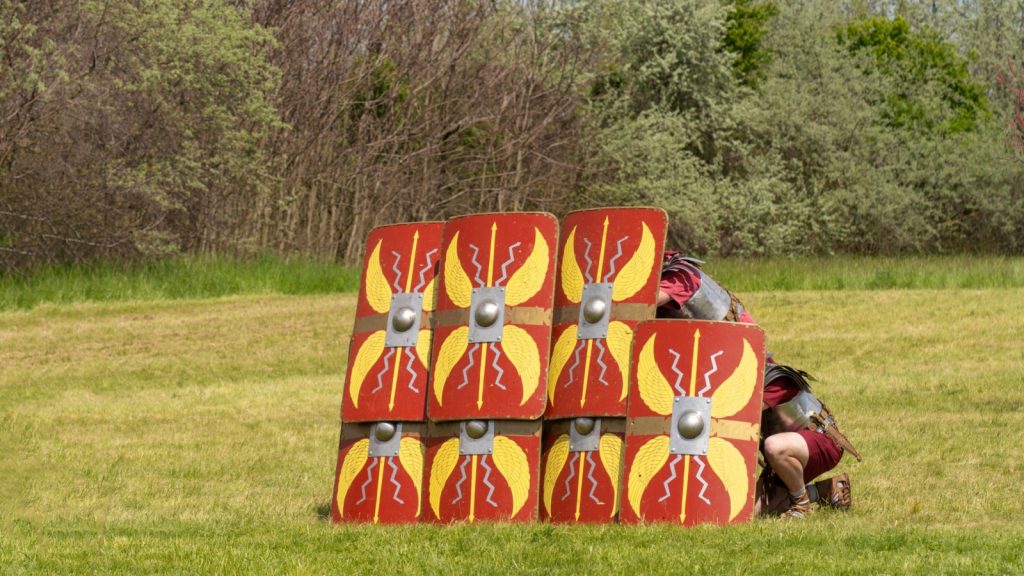
The Anglo-Saxon shield wall was a simple but effective formation where soldiers would interlock their shields to create a defensive line. This tactic was used in various battles throughout Europe, allowing armies to resist frontal attacks. Though not infallible, the shield wall slowed down and tired out advancing troops, and could hold off much larger forces under the right conditions.
11. Psychological Warfare Through Symbolism and Fear
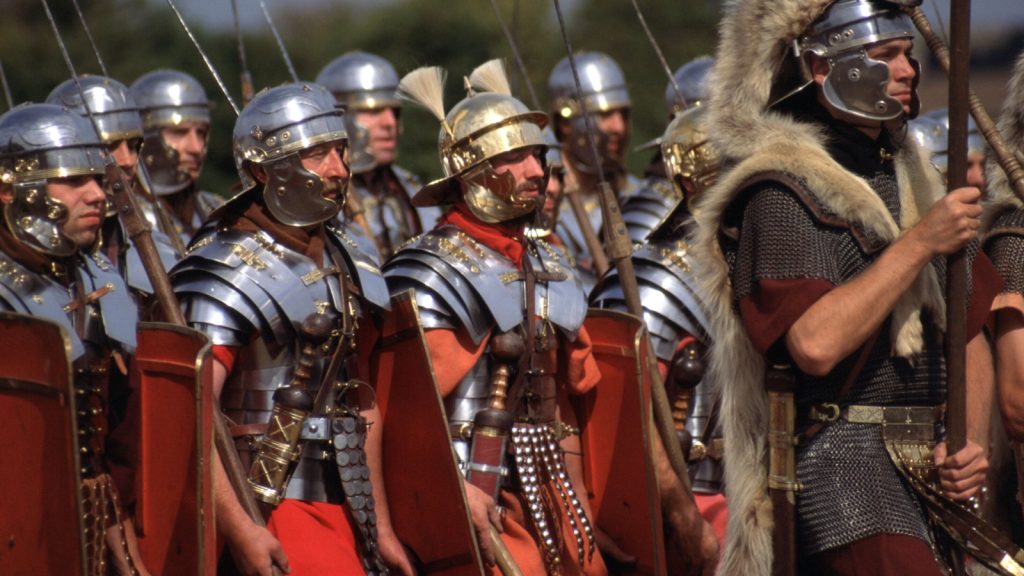
Ancient armies often used psychological tactics to weaken their enemies before a battle. The Romans, for example, employed large, impressive banners and wore armor designed to make them look larger than life. The Celts would sometimes paint themselves and scream to frighten the opposition. This emphasis on psychological advantage shows that intimidation could be just as powerful as physical strength.
12. Guerilla Tactics of the Spanish Celtiberians
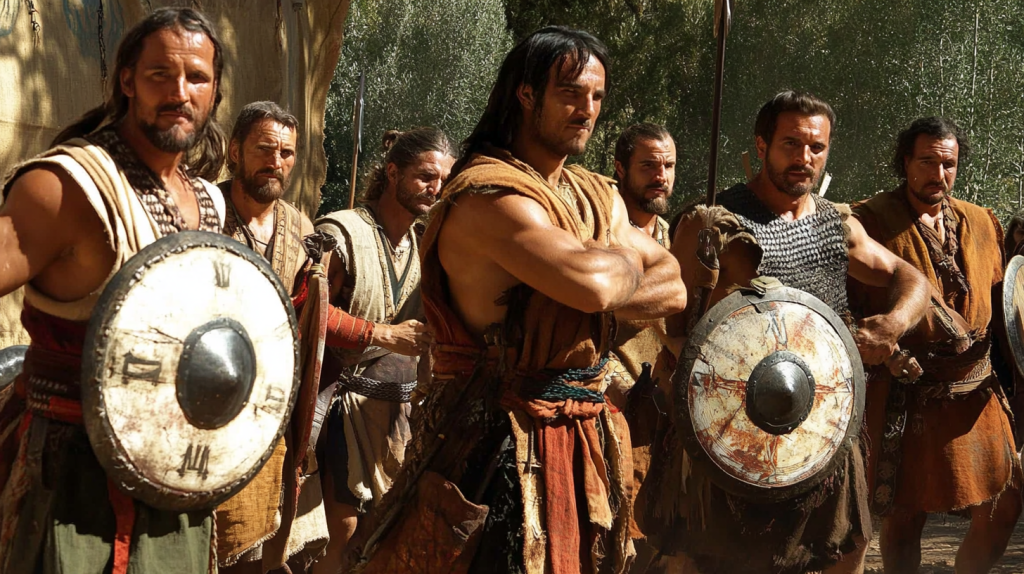
The Celtiberians of ancient Spain used guerrilla tactics long before the concept became common. They would avoid open battles and instead use their knowledge of the rugged terrain to launch hit-and-run attacks against Roman forces. This approach frustrated the Romans and prolonged the conflict, proving that fighting on one’s own terms could be a smart alternative to traditional warfare.
Ellen has been obsessed with logic puzzles, jigsaws, and cryptograms since she was a kid. After learning she was taught how to play chess wrong by a family friend (so they could win), she joined her school chess club and the rest is history.


